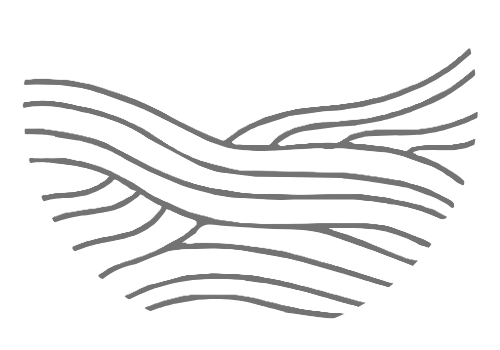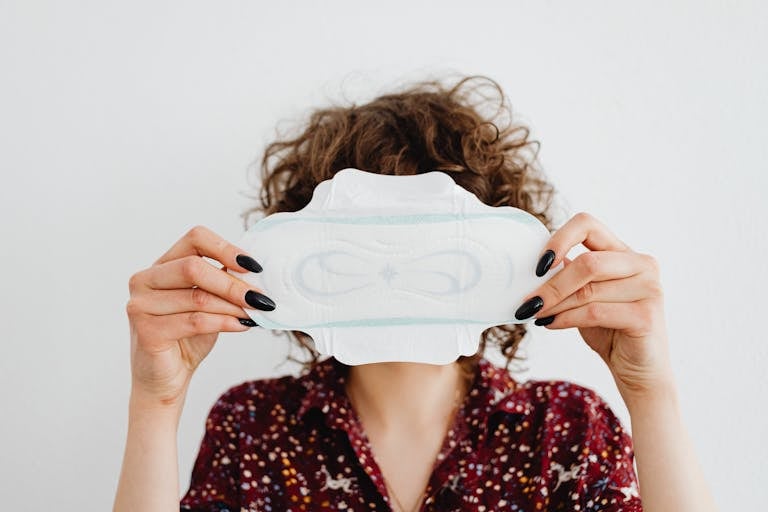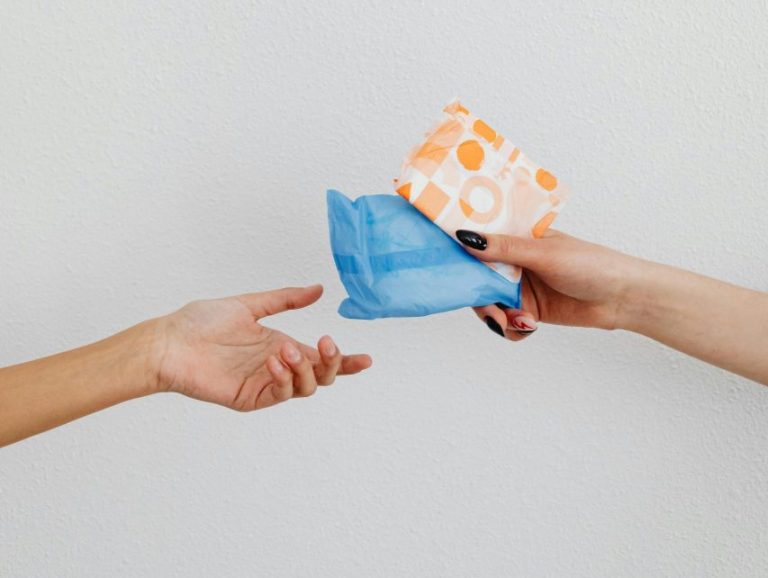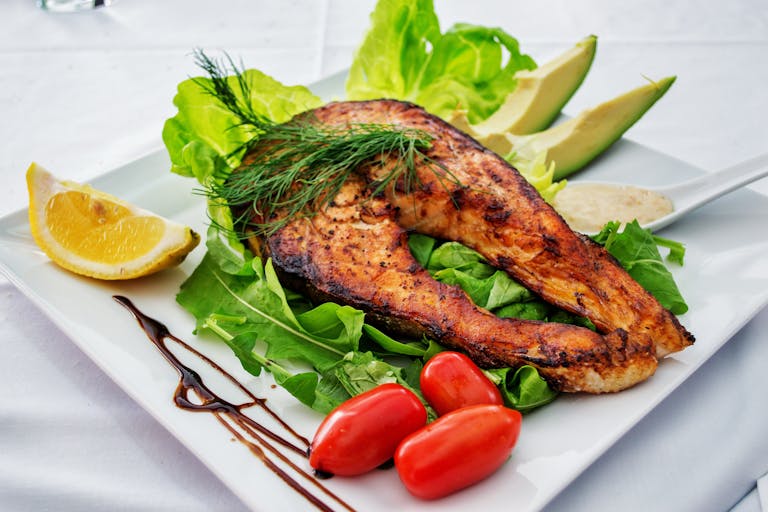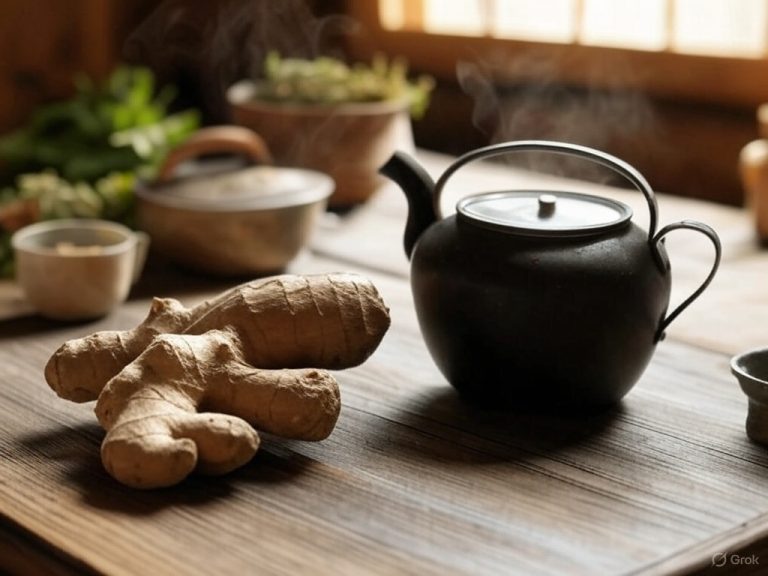Hey there, moms! Is your daughter curled up with a heating pad every month, missing out on school and activities she loves? I’ve been there myself, and I know how helpless it can feel having to suffer through painful periods. I promised myself not to allow my daughter to suffer like I have … and why not extend that promise to other teens?! The good news is, there are natural remedies that can provide real relief – and I’m going to walk you through all of them. By the end of this guide, you’ll be armed with the knowledge and tools to help your daughter take control of her period pain and get back to living her best life. Let’s dive in!
Understanding Menstrual Cramps
First things first, let’s talk about what’s actually causing period cramps. During menstruation, the uterus contracts to shed its lining, and a group of hormones called prostaglandins trigger these contractions. Higher levels of prostaglandins are linked to more severe cramps. Factors like stress, lack of exercise, and certain foods can also make cramps worse.
There are two main types of period pain:
Primary dysmenorrhea: This is the most common type, caused by those pesky prostaglandins. It usually starts 1-2 days before bleeding and can last for 2-4 days. For most girls, these symptoms are unpleasant but tolerable. Some common symptoms include:
- Throbbing or cramping pain in the lower abdomen
- Dull, constant ache
- Pain that radiates to the lower back and thighs
- Nausea
- Headaches
- Dizziness
Secondary dysmenorrhea: This pain is caused by an underlying condition like endometriosis or uterine fibroids. If your daughter’s cramps are extremely severe, start suddenly, or don’t improve with typical treatments, it’s important to talk to her doctor to rule out these issues.
The Science Behind Natural Pain Relief
Now that we understand what’s happening in the body during menstrual cramps, let’s look at how natural remedies work their magic:
- Reducing inflammation: Many herbs and nutrients have anti-inflammatory properties that can counteract the effects of prostaglandins.
- Relaxing muscles: Some remedies work by helping the uterine muscles relax, easing cramping.
- Balancing hormones: Certain lifestyle changes and supplements can help regulate hormone levels, preventing those cramp-triggering spikes.
While more research is still needed, there’s promising evidence that these natural approaches can be effective for managing period pain. Of course, it’s always a good idea to check with your daughter’s doctor before starting any new regimen, especially if she has a pre-existing condition or takes medication.
Heat Therapy
One of the simplest and most effective remedies for period cramps is heat. Applying heat to the lower abdomen increases blood flow, relaxes the muscles, and blocks pain signals. Here are some ways your daughter can use heat therapy:
- Electric heating pad or hot water bottle: Have her place it on her lower belly or back for 15-20 minutes at a time.
- Warm bath or shower: Soaking in a warm tub or standing under a hot shower can provide full-body relief. Extra bonus: dissolve Epsom salt into the bathwater for a magnesium boost.
- Wearable heat patches: These adhesive patches provide discreet, on-the-go relief – perfect for school or activities.
Pro tip: Combine heat with gentle stretching or self-massage for extra pain-relieving power!
Herbs and Supplements
There are several herbs and supplements that have shown promise for easing menstrual cramps:
- Ginger: This spicy root has potent anti-inflammatory properties. Try steeping fresh ginger in hot water for a soothing tea.
- Turmeric: Another anti-inflammatory powerhouse, turmeric can be added to foods or taken as a supplement.
- Chamomile: This calming herb relaxes the uterine muscles. Enjoy it as a tea or find it in capsule form.
- Raspberry leaf: Rich in nutrients that tone the uterus, raspberry leaf can be consumed as a tea or supplement starting about a week before her period.
- Magnesium: This mineral helps relax muscles and reduce prostaglandin production. Food sources include leafy greens, nuts, and whole grains … also very effective when used topical as a spray or in bathwater.
- Omega-3s: These healthy fats combat inflammation throughout the body. Good sources are fatty fish, flaxseed, and chia seeds.
- Vitamin D: Some studies link low vitamin D to more severe PMS symptoms. Getting some sun or taking a supplement may help.
As with any herbs or supplements, proper dosing and potential interactions are important to consider. It’s best to consult with a healthcare professional, especially if your daughter has any health conditions or allergies.
Nutrition and Hydration Hacks
What your daughter eats can also impact her period symptoms. Some general guidelines:
- Load up on fruits and veggies: They’re packed with antioxidants and nutrients that fight inflammation naturally.
- Choose healthy fats: Omega-3-rich foods like salmon, walnuts, and avocado are great choices.
- Opt for whole grains: Complex carbs like brown rice and quinoa help stabilize blood sugar and energy levels.
- Limit processed foods: Things like chips, pastries, and sugary snacks can exacerbate inflammation.
- Limit caffeine and alcohol (is she already drinking that stuff?): Both can increase cramping and bloating. Stick to herbal teas or plain water instead.
- Focus on hydration: Dehydration can actually worsen cramps, so make sure she’s sipping water throughout the day. Aim for at least 8 glasses daily. But, water that is too purified can flush minerals out of the body, which can also worsen cramps, so make sure there is some mineral content in your water!
Bonus tip: If she’s craving something sweet, reach for dark chocolate – it contains magnesium and antioxidants that may help with cramps!
Movement and Massage
When cramps strike, exercise might be the last thing on your daughter’s mind. But gentle movement can actually provide significant relief by increasing blood flow and releasing endorphins. Some ideas:
- Stretching: Have her do some simple stretches targeting the lower back, hips, and thighs. Cat-cow pose and child’s pose are great options.
- Walking: Taking a leisurely stroll gets the blood pumping without overexerting the body.
- Yoga: Poses like reclined bound angle and seated forward fold can help relax the pelvic muscles.
Self-massage is another tool to have in your period pain-relief toolbox. Here’s how to do it:
1. Have her lie on her back with her knees bent and feet flat on the floor.
2. Using her fingertips or knuckles, have her gently press into the area around her belly button, making small circular motions.
3. She can also try massaging the acupressure point located four finger-widths below the belly button. Apply firm pressure for 1-2 minutes.
4. Repeat on the lower back, using her thumbs to make circles on either side of the spine.
Of course, some days the cramps might be too intense for movement. Encourage her to listen to her body – if rest is what she needs, that’s okay too.
Stress Management
Stress can be a major contributor to period pain, creating a vicious cycle. When we’re stressed, our bodies produce more cortisol, which can increase inflammation and worsen cramps. Then the pain itself becomes another source of stress. Breaking this cycle is key to finding relief.
Some effective stress-busting techniques:
- Deep breathing: Have her try the 4-7-8 method – inhale for a count of 4, hold for 7, exhale for 8. Repeat 5-10 times.
- Progressive muscle relaxation: Starting with her toes, have her tense and then relax each muscle group, moving up the body to the face.
- Visualization: Encourage her to close her eyes and picture a peaceful scene, engaging all 5 senses.
Getting enough quality sleep is also crucial for managing stress and period symptoms. Some tips for better zzz’s:
- Stick to a consistent sleep schedule, even on weekends
- Create a soothing bedtime ritual, like reading or taking a bath
- Keep the bedroom cool, dark, and quiet
- Avoid screens at least an hour before bed
As a mom, one of the best things you can do is model healthy stress management and sleep habits. Show her that prioritizing these things is an important part of self-care.
Creating Your Personal Pain Relief Plan
Every girl’s period is unique, so finding the right combination of remedies might take some trial and error. Encourage your daughter to tune into her body and keep track of what seems to help. She might find that heat therapy works well for the first couple of days, while gentle yoga feels better toward the end of her period.
Here’s a sample plan for a typical period:
- Day 1-2 (heavy flow, intense cramps): Focus on rest, heat therapy, and anti-inflammatory foods/supplements and hydration. Try the acupressure self-massage.
- Day 3-4 (medium flow, moderate cramps): Alternate heat with gentle stretching and walking. Sip on herbal teas and stay hydrated. Practice deep breathing.
- Day 5+ (light flow, mild cramps): Engage in light activity like yoga or swimming. Continue with nourishing foods and stress management techniques.
Remember, if her pain is severe, interferes with daily life, or doesn’t improve with home remedies, it’s important to consult with a healthcare provider. They can rule out underlying conditions and discuss additional treatment options.
Conclusion
Managing period pain naturally is all about empowering your daughter with the right tools and knowledge. By trying these science-backed remedies and listening to her body’s unique needs, she can find the relief she deserves and thrive throughout her cycle.
Moms, I know it’s not easy watching your girl struggle with something you might have battled yourself. But by guiding her through this process and opening up the conversation about periods, you’re setting her up for a lifetime of body literacy and self-advocacy.
You’ve got this, and she’s got this. Here’s to less pain and more period power!
Want more help for your daughter to an easier time with her period? I remember the struggles, and I know how helpless it can feel having to suffer through painful periods. That’s why I’m passionate about helping moms and their daughters finding effective, wholesome and natural ways to navigate these symptoms with confidence and care. She doesn’t have to suffer. In my coaching program, I will work with you to create a personalized support plan that combines nutrition tips, simple lifestyle adjustments, and natural comfort measures that work.
Let’s make this journey smoother – for both of you. Schedule a discovery call with a coach to explore how we can help your daughter feel more comfortable and confident during her period. My approach focuses on education and practical solutions that fit seamlessly into your family’s lifestyle.
